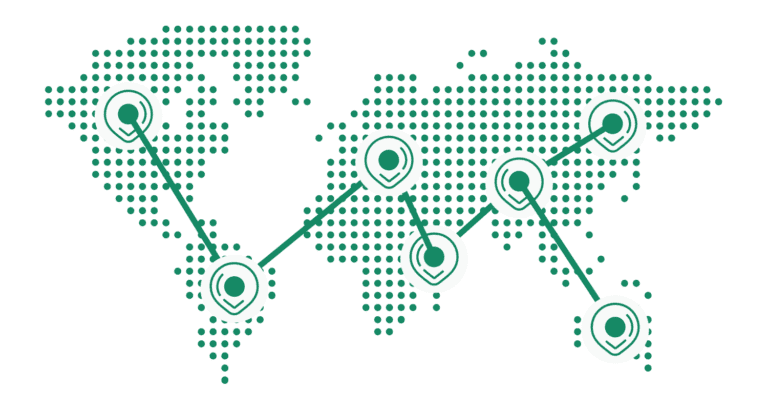Cato Networks’ SASE service has been revamped with a massive update. The organization redesigned its management app to allow more queries of network events. A new security analysis of 5,000 commonly used cloud applications helps decide whether an app is adequately secured for network deployment. Two dashboards provide a clear vision of bandwidth consumption and network security.
When asked to build a secure large-scale business network, you have two solid options. First: a combination of SD-WAN and additional security measures such as Firewall as a Service (FWaaS) and Cloud Access Security Broker (CASB). Second: SASE, in which SD-WAN and security measures are delivered as one. Cato Networks specializes in the latter.
The service provider has 70 global PoPs. Cato Networks’ SASE customers route all of their organization’s network traffic to one of the PoPs. From there, the traffic disembarks in Cato Networks’ cloud. In the cloud, the traffic is secured, controlled, and returned to clients.
Although everything mentioned above is achievable with a combination of SD-WAN and network security services, doing so involves weeks or months at the drawing board. In the case of SASE, the infrastructure is already in place. You pay the provider, connect everything to the PoPs — and you’re done. Nasty surprises are rare because other customers came before.
One of the most significant Cato Networks updates
Recently, Cato Networks introduced a massive update to its services. The organization revamped the backend of its Cato Management App, the system that gives customers visibility into the network traffic of cloud apps and locations. Querying network events is more efficient than before. Highly necessary, because according to Cato Networks, its combined customers generate two billion network events per day. A new pipeline facilitates a higher number of queries. More specific filters enable operators to retrieve events that matter.
In addition, Cato Networks made the app’s front end customizable. Previously, the system offered an overview of all sites connected to Cato Networks’ cloud. Since the update, you choose which sites to display.
Cato Networks also added a catalogue of more than 5,000 commonly used business cloud applications. The organization describes each application with a risk score. Cato Networks assigns the risk score based on machine learning algorithms. The organization scans apps for the presence of security measures, including MFA, encryption and SSO. The result is a neutral answer to whether an application’s security is adequate for network deployment.
Finally, Cato Networks launched two interactive dashboards. The Threat Dashboard summarizes insights from Cato’s security technology. The dashboard conveniently displays data from the Intrusion Prevention System (IPS), the FWaaS, Secure Web Gateway (SWG) and anti-malware services. At a glance, you view the most urgent threats, sorted by severity and timeline. The Application Dashboard provides insight into the bandwidth consumption of apps on the network. You’re provided with an overview of all applications or individual applications, in the entire network or per network section.
Tip: Cato Networks raises €172 million, strengthens SASE service
